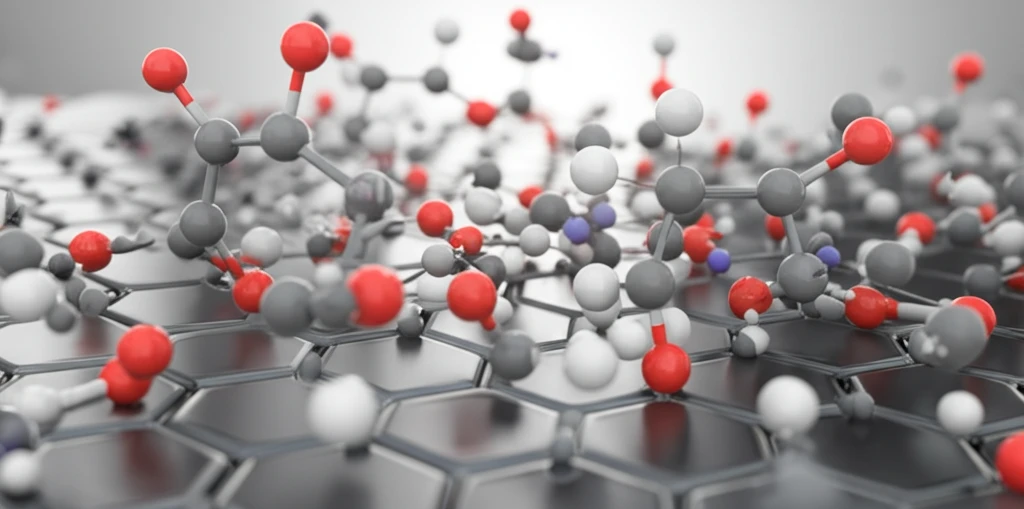
Power Up Your Perovskites: How This Unexpected Duo Could Revolutionize Solar Cells
"Unlock the potential of high-performance solar cells using urea and dimethyl sulfoxide in Perovskite tech. Learn how it boosts efficiency and what it means for the future."
The quest for clean and efficient energy sources is one of the defining challenges of our time. Solar energy, with its abundant availability, holds immense promise. However, making solar technology truly competitive requires continuous innovation in materials and techniques. Among the most exciting developments is the rise of perovskite solar cells, a technology that's rapidly catching up to traditional silicon-based cells.
Perovskite solar cells have captured the attention of researchers worldwide due to their impressive photoelectric performance and cost-effective fabrication. Scientists are constantly exploring new ways to enhance their efficiency and stability, pushing the boundaries of what's possible. Recent research has uncovered a surprising combination of materials that could unlock even greater potential: urea and dimethyl sulfoxide (DMSO).
This article dives into the fascinating world of perovskite solar cells, exploring how the synergy between urea and DMSO is revolutionizing this technology. We'll break down the science in an easy-to-understand way, discuss the potential benefits, and examine what this innovation could mean for the future of solar energy.
The Science Behind the Synergy

At the heart of this innovation lies the unique interaction between urea and dimethyl sulfoxide (DMSO) during the creation of perovskite films. Perovskites are a class of materials with a specific crystal structure that makes them excellent at absorbing sunlight and converting it into electricity. The key is to create a high-quality perovskite film with large, uniform grains, which allows electrons to flow freely and minimizes energy loss.
- Controlled Crystallization: Urea and DMSO work together to slow down and control the formation of perovskite crystals. This prevents the formation of small, uneven grains that can hinder performance.
- Improved Film Quality: The resulting perovskite films are smoother, more uniform, and have fewer defects. This leads to better light absorption and electron transport.
- Enhanced Photoelectric Properties: The improved film quality translates directly into higher efficiency in solar cells.
The Future is Bright for Perovskite Solar Cells
The discovery of the synergistic effect between urea and DMSO represents a significant step forward in the development of high-performance perovskite solar cells. This innovative approach not only enhances efficiency but also offers a cost-effective and scalable solution for producing next-generation solar technology. As research continues and manufacturing processes are refined, we can expect to see perovskite solar cells playing an increasingly important role in our transition to a cleaner and more sustainable energy future. The potential is there to transform how we power our world, making clean energy accessible to all.
